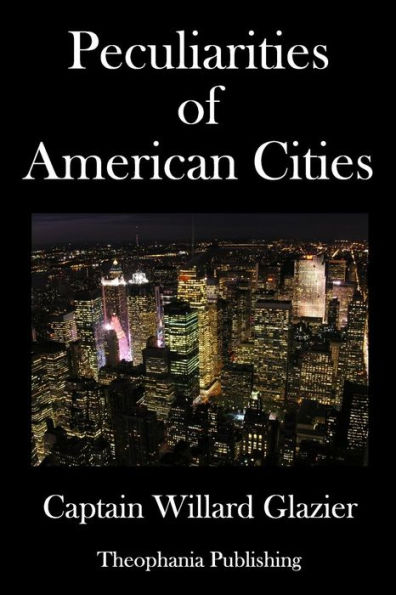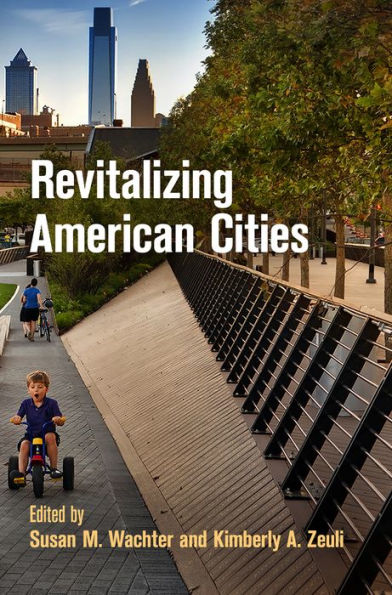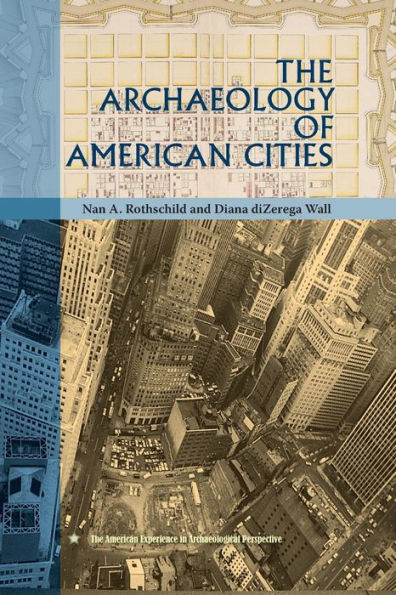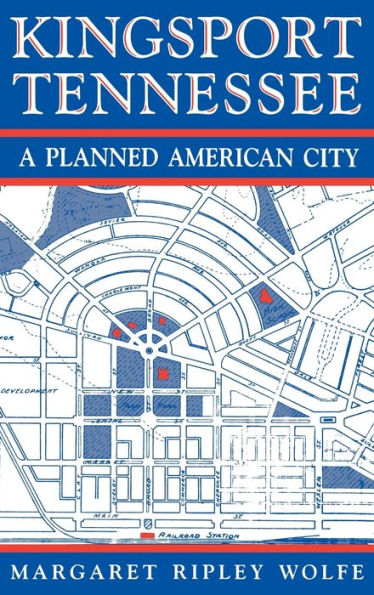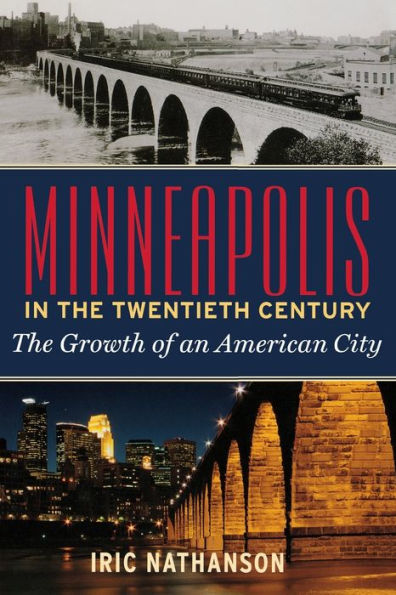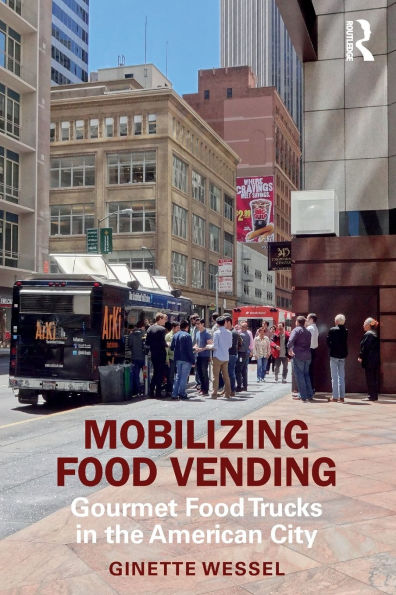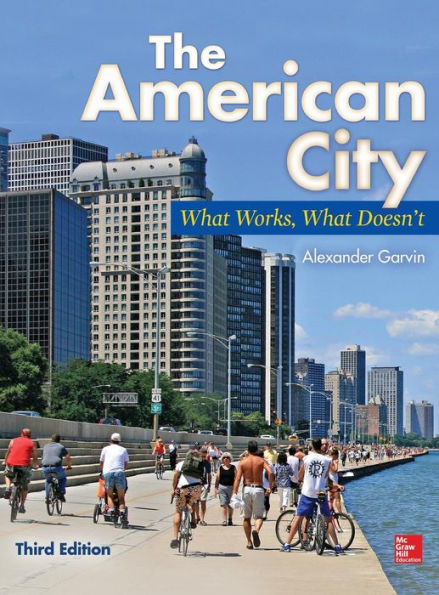Home
the Great Inversion and Future of American City
Barnes and Noble
the Great Inversion and Future of American City
Current price: $20.00
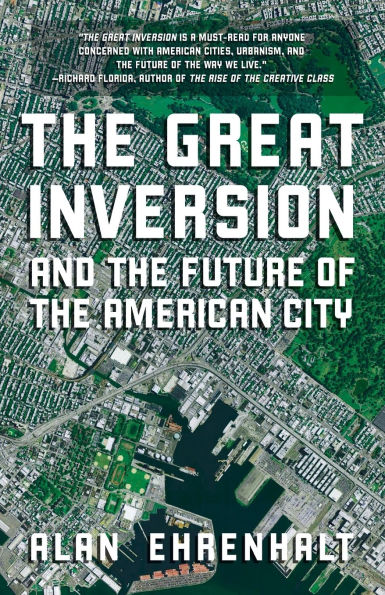

Barnes and Noble
the Great Inversion and Future of American City
Current price: $20.00
Size: Paperback
Loading Inventory...
*Product information may vary - to confirm product availability, pricing, shipping and return information please contact Barnes and Noble
Eye-opening and thoroughly engaging, this is an indispensible look at American urban/suburban society and its future.
In
The Great Inversion,
Alan Ehrenhalt, one of our leading urbanologists, reveals how the roles of America’s cities and suburbs are changing places—young adults and affluent retirees moving in, while immigrants and the less affluent are moving out—and addresses the implications of these shifts for the future of our society.
Ehrenhalt shows us how the commercial canyons of lower Manhattan are becoming residential neighborhoods, and how mass transit has revitalized inner-city communities in Chicago and Brooklyn. He explains why car-dominated cities like Phoenix and Charlotte have sought to build twenty-first-century downtowns from scratch, while sprawling postwar suburbs are seeking to attract young people with their own form of urbanized experience.
In
The Great Inversion,
Alan Ehrenhalt, one of our leading urbanologists, reveals how the roles of America’s cities and suburbs are changing places—young adults and affluent retirees moving in, while immigrants and the less affluent are moving out—and addresses the implications of these shifts for the future of our society.
Ehrenhalt shows us how the commercial canyons of lower Manhattan are becoming residential neighborhoods, and how mass transit has revitalized inner-city communities in Chicago and Brooklyn. He explains why car-dominated cities like Phoenix and Charlotte have sought to build twenty-first-century downtowns from scratch, while sprawling postwar suburbs are seeking to attract young people with their own form of urbanized experience.
